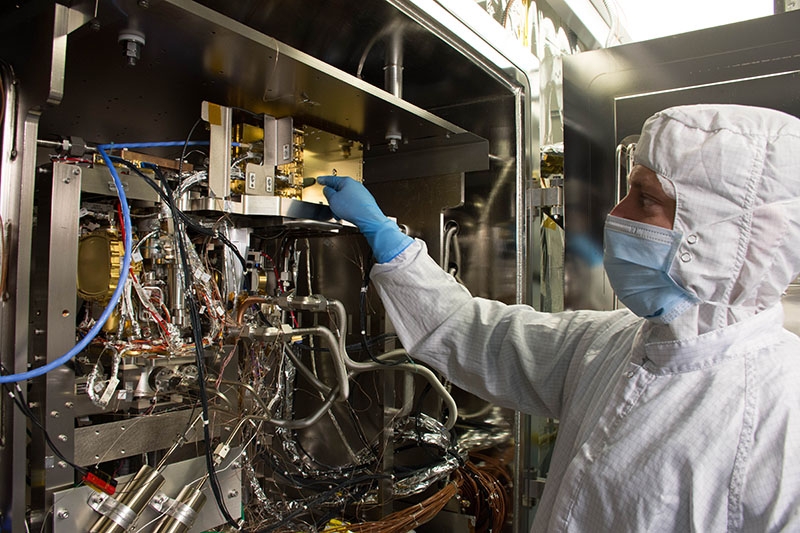MOMA to find life on Mars
An international team of scientists has created a toaster oven-sized chemistry laboratory for a rover that will drill beneath the Martian surface looking for signs of past or present life. The lab, called the Mars Organic Molecule Analyzer or MOMA, is a key instrument on the ExoMars Rover which is scheduled to launch to Mars in July, 2020 from the Baikonur spaceport in Kazakhstan, NASA said in a statement. ExoMars Rover is a joint mission between the European Space Agency and the Russian space agency Roscosmos, with a significant contribution to MOMA from NASA.
The ExoMars rover will be the first to explore deep beneath the surface, with a drill capable of taking samples from as deep as two metres (over six feet). The MOMA instrument will be capable of detecting a wide variety of organic molecules. Organic compounds are commonly associated with life, although they can be created by non-biological processes as well. They contain carbon and hydrogen, and can include oxygen, nitrogen, and other elements. To find these molecules on Mars, the MOMA team had to take instruments that would normally occupy a couple of workbenches in a chemistry lab and shrink them down to roughly the size of a toaster oven so they would be practical to install on a rover. The basic process for finding Martian organic compounds can be boiled down to two steps -- separate organic molecules from the Martian rocks and sediments and give them an electric charge so they can be detected and identified by the mass spectrometer, NASA said.
Related Posts

